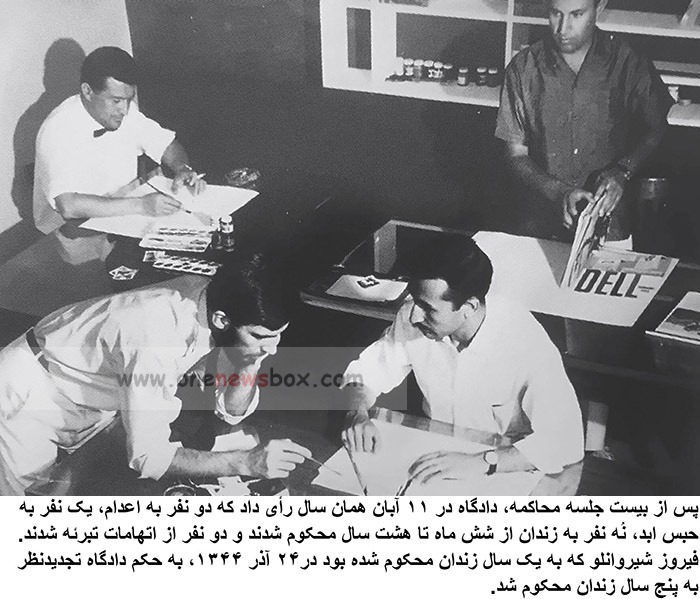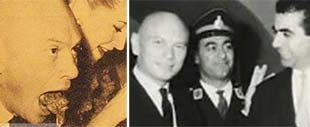During this period, Shirvanlu contributed to the establishment and curation of several major cultural institutions, including the Reza Abbasi Museum, the Carpet Museum, the Museum of Contemporary Arts, and the Glassware and Ceramic Museum of Iran. These institutions became cornerstones of Iran’s modern cultural identity. His work ensured that contemporary Iranian art received institutional recognition and support. Numerous exhibitions held under his guidance showcased both traditional and avant-garde Iranian art, blending Iran’s rich cultural past with modern aesthetics.
Legacy and Death
Firouz Shirvanlu passed away on January 20, 1988. Despite his relatively short life, his influence on Iranian art, culture, and literature is immeasurable. Through institutions like Kanun and Negareh, and his strategic roles in government and royal initiatives, Shirvanlu helped lay the groundwork for a modern, vibrant Iranian cultural landscape.
Shirvanlu’s life was marked by a remarkable fusion of politics and art. He navigated the treacherous waters of political activism and imprisonment to become a visionary cultural leader. His ability to gather creative minds and provide platforms for their expression transformed the way Iranians—especially the youth—engaged with literature, cinema, and visual arts.

